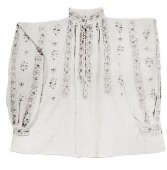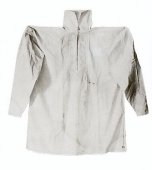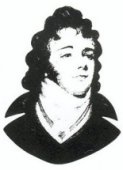|
Derrys association with shirt making
|
Who founded the shirt industry in Derry?
|
The history of out-working.
|
The advent of shirt making in factories
|
Memories.
|
|
My name is Ciaran Roddy. This web site is the product of an interest that is very close to my heart after having worked in the shirt making industry for over twenty years. There currently appears to be no other comprehensive web site on this matter, therefore here is my contribution..
The shirt, as we would recognise it, began to evolve around the 15th century. Made from wool or linen, hemp or silk, it had a low neckline, full sleeves with no cuffs and sloped gently out from the shoulders. By 1600 frills had begun to appear at the neck, cuffs at the wrists and the first buttons were being used. As interest grew, so did prices. A leader of the Puritan sect commented in 1533,"I have heard of shirts that cost some ten shillings, some twenty, some forty, some five pounds and (which is horrible to hear) some ten pounds apiece." The shirt became a measure of wealth and status. In 1553, a law decreed that no-one under the rank of a Knight might wear,"plaited shirts or shirts garnished with silk, gold or silver".
|
 |
 |
|||
|
Shirt circa 1580
|
Shirt circa 1790
|
The pace of change, and of fashion now quickened. ave began to appear on collars, ribbon fastenings on sleeves, and the jabot - a frilled border around the neck opening - came into vogue as a sign of social position. At this time, a gentleman of style and substance might expect to wear some twenty shirts a week.
The Regency period, and the era of the 'dandy', saw further developement - much of it stimulated by George "Beau" Brummel. His high, starched collar was so deep that, when turned up, it completely hid his head and face so that, "...dandies were struck dumb and washerwomen miscarried".
Later in the century, curved hems replaced square shirt bottoms and cotton became the most widely used material. A series f inventions made it possible for the middling ranks to wear shirts to the office - removable cuff protectors, and replacement collars and cuffs - although a strong preference for white shirts remained as evidence that the wearer did not earn his living "by the sweat of his neck".
 |
||
|
Beau Brummel.
|
|
Top of page.
|